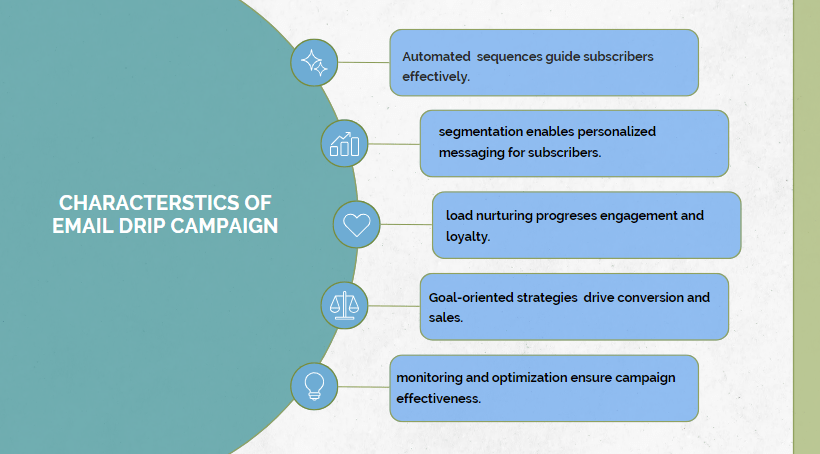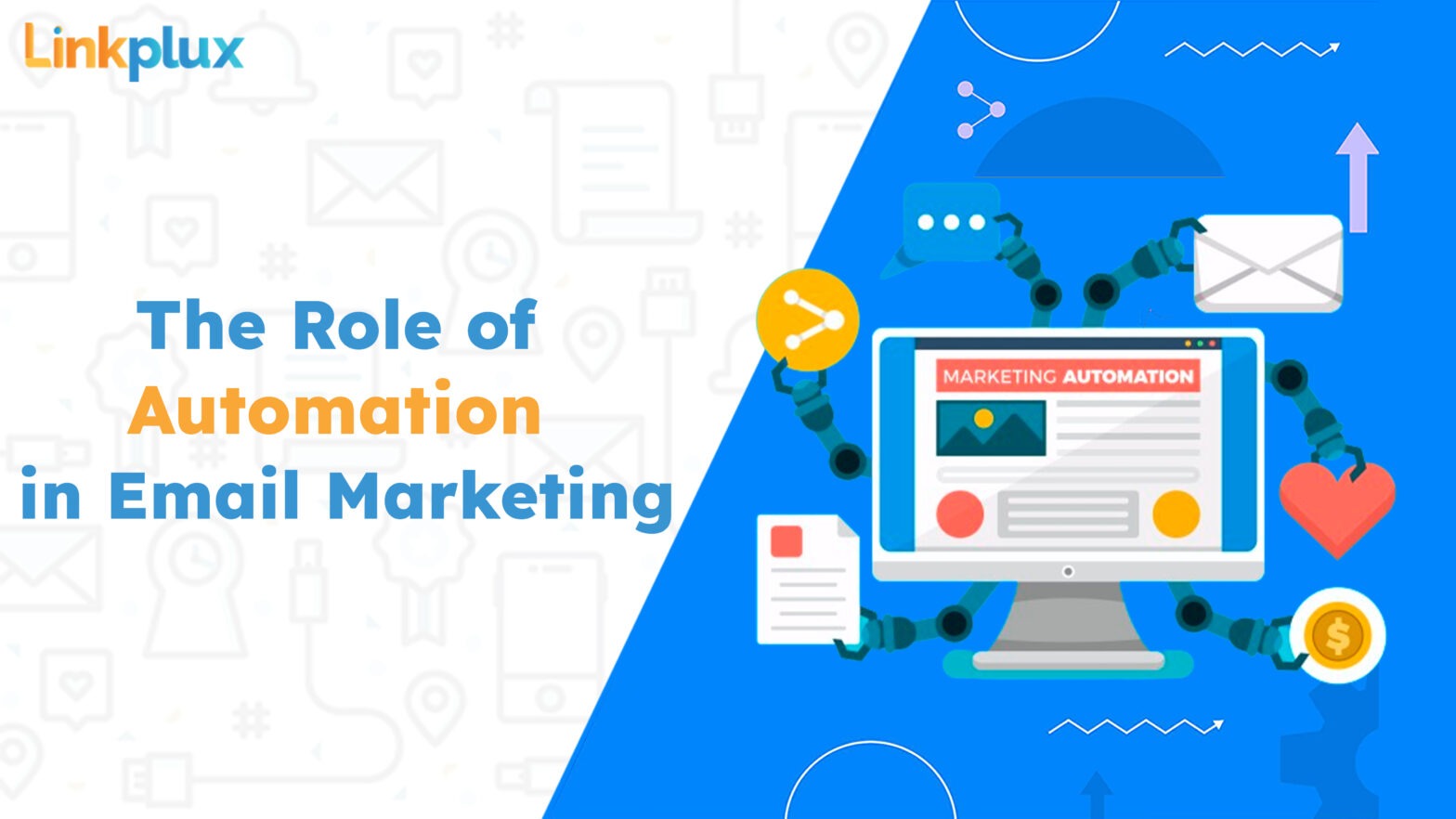Embark on a journey into the future of email marketing with automation. Automating processes provides a tactical edge in an environment where efficiency and personalization are essential—using automation to create focused, powerful email campaigns: a comprehensive guide. Learn how automation transforms customer relationships, engagement, and conversion, whether you’re a seasoned marketer or just getting started. Explore with us the possibilities that email marketing automation offers for unmatched success in the modern digital world.
Email automation :
Marketing is revolutionized by email automation because it expedites procedures and sends mass-customized messages. Automation cultivates leads, increases engagement, and promotes conversions, from welcome sequences to forgotten cart reminders. Businesses can deliver timely and relevant content that is customized to each recipient’s journey by utilizing triggers and data. Email automation is essential in today’s competitive landscape because it maximizes efficiency, enhances targeting, and ultimately strengthens customer relationships.
Automation in Email Marketing :
Email marketing automation represents a significant shift in how firms connect with their clients. By automating repetitive tasks and personalizing communication, marketers can deliver customized advertisements at scale, generating leads and increasing conversions. Various forms of automation, such as automated welcome sequences and dynamic content based on user behavior, increase efficacy and efficiency. It helps businesses increase engagement and returns on investment by providing timely, relevant content tailored to each customer’s preferences. In today’s fast-paced digital world, automation is critical to staying competitive and optimizing email marketing campaign results.
Best Automated Email Marketing Tools :
Mailchimp : prominent email marketing platform Mailchimp is known for its robust automation features and user-friendly interface. Users can set up automated workflows with Mailchimp for reminders about abandoned carts and welcome emails. Its advanced segmentation options make Personalized, targeted campaigns possible, and comprehensive reporting tools offer optimization-focused insights. Mailchimp is a flexible solution for efficient email marketing automation trusted by companies of all sizes.
HubSpot : A comprehensive marketing platform, HubSpot offers advanced automation tools seamlessly integrated with CRM. Well-known for its intuitive user interface, HubSpot allows for behavior-triggered and customized email campaigns. Businesses can effectively nurture leads and synchronize marketing and sales efforts with its automation capabilities. Through its comprehensive analytics and reporting features, HubSpot enables data-driven decision-making for optimal marketing strategies.
ActiveCampaign : The flexible marketing automation platform ActiveCampaign is renowned for its sophisticated features and intuitive user interface. Robust automation features, such as conditional logic and predictive sending, are provided, allowing for highly customized campaigns. With ActiveCampaign’s user-friendly workflow builder, companies can customize complex automation sequences to meet their unique requirements. ActiveCampaign will enable businesses to effectively use targeted email marketing to drive engagement and conversions through comprehensive CRM integration and thorough reporting.
Sendinblue : Sendinblue is a comprehensive marketing platform with live chat, SMS, and email marketing capabilities. Sendinblue is well-known for its affordable pricing, user-friendly interface, and robust automation features. Companies can design automated processes for various situations, such as marketing campaigns, transactional emails, and e-commerce. Sendinblue allows companies of all sizes to implement targeted and data-driven marketing strategies with its extensive segmentation options and real-time analytics.
Drip : Drip is a specific email marketing tool for creators and e-commerce companies. Drip allows customers to generate highly targeted email messages based on client behavior and preferences, emphasizing automation and personalization. Its user-friendly workflow builder allows the creation of intricate automation sequences customized for particular customer journeys. Drip also provides robust analytics and sophisticated segmentation options to maximize campaign performance. Drip is a reliable automated email marketing solution that e-commerce brands and creators trust to increase engagement and conversions.
ConvertKit : ConvertKit is created primarily for artists, bloggers, and internet entrepreneurs. ConvertKit, known for its simplicity and user-friendly design, focuses on automation to help streamline marketing operations. The platform supports configurable automation sequences, allowing customers to develop tailored and behavior-triggered email campaigns. ConvertKit’s capabilities include subscriber tagging, intelligent segmentation, and integrations with various third-party applications. ConvertKit, aimed at content producers, offers practical solutions for developing and cultivating audience relationships through targeted and automated email correspondence. These are some of the best automation tools that are used.
Email drip campaign :
What is an email drip campaign?
An advertising strategy known as an email drip campaign entails sending subscribers or leads a sequence of pre-written, automated emails over a predetermined length of time. These emails are usually set up to deliver specific messages or content at pre-arranged intervals to nurture leads, foster relationships, and assist recipients in moving through the sales funnel. By delivering pertinent content on time, drip campaigns aim to increase subscribers’ engagement and, eventually, drive conversions by taking into account the actions or interests of the recipient.

How to Create Drip Campaigns ?
Creating drip campaigns involves several key steps :Define Goals : Clearly outline the objectives of your drip campaign, whether it’s nurturing leads, promoting products, or educating subscribers.
Split Your Audience : dividing subscribers according to their demographics, behavior, and preferences is part of audience segmentation. Personalized messaging is made possible as a result of raising engagement and relevance. Demographics, behavioral information, interests, and lifecycle stage are examples of standard criteria. Effective segmentation makes Targeted content delivery possible, which raises the overall efficacy of email campaigns.
Craft Compelling Content : Developing emails your audience finds attractive is critical to crafting compelling content. Recognize their interests and needs to tailor your message correctly. Use persuasive copy and imagery to capture readers’ attention and deliver your point succinctly. Incorporate conspicuous call-to-actions (CTAs) to stimulate action and boost conversion rates.
Set up Automation: Create automated processes in an email marketing platform to send emails in response to particular activities, purchases, or sign-ups.
Determine Timing and Frequency: Choose the best time and frequency for your email sends, making sure to space them out sufficiently to keep subscribers interested without going overboard.
Customize and Personalize: Customize your emails for each audience segment to increase engagement. Use personalization tokens, dynamic content, and pertinent offers.
Test and Optimize: Analyze data, including as open rates, click-through rates, & conversions, to assess the performance of your drip campaign continually. A/B testing may help you fine-tune the time, content, and subject lines for outstanding results.
Iterate and Improve: Modify your drip campaign to maximize results based on insights from your analytics.
Conclusion :
Email marketing automation has completely changed how companies interact with their audience by allowing mass-customized and targeted communication. Marketers can improve lead nurturing, expedite workflows, and deliver timely messages using automation tools and strategies. Robotics enhances productivity, interaction, and conversions, from greeting sequences to forgotten cart notifications. Adopting automation will be essential for remaining competitive and succeeding in the dynamic field of digital marketing as long as technology keeps developing. Through automation, enterprises can enhance their email marketing efforts, cultivate more robust connections with their target audience, and ultimately, boost their rise and growth.
FAQ’s
What is email marketing automation?
Email marketing automation uses technology to send targeted emails automatically in response to predetermined actions or triggers. It expedites the procedure, saving marketers time and boosting productivity. Automation effectively nurtures leads and increases engagement by delivering personalized messages at the appropriate moment. Getting something, visiting a website, or subscribing are examples of common triggers. It’s an effective tool for increasing conversions in email marketing campaigns and fostering relationships with customers. Numerous platforms provide automation tools, making it simple for companies to deploy complex email marketing campaigns.
What advantages does email marketing automation have?
Email marketing automation simplifies communication by automating processes and delivering targeted messages to subscribers. This saves time and increases efficiency, while personalized content enhances engagement and nurtures leads effectively. Analyzing performance metrics allows for continual optimization, making it a potent tool for driving conversions and fostering customer relationships.
What types of emails can be automated?
Numerous communication formats, such as welcome messages, transactional emails (like order confirmations and shipping notifications), promotional emails, personalized recommendations, cart abandonment reminders, re-engagement campaigns, birthday or anniversary greetings, and post-purchase follow-ups, can all be included in an automated email campaign. Businesses can effectively deliver timely and relevant messages to subscribers through the use of these emails, which are activated by predefined criteria or specific user actions.
What are some common automation triggers?
In email marketing, common automation triggers include:
How can I segment my email list for automation?
Divide up your email list into segments for automation by classifying subscribers according to their demographics, behavior, degree of engagement, interests, and where they are in the customer journey. To efficiently segment your email marketing list, use the segmentation features built into your platform or integrate it with CRM software. This enables you to send automated emails that are personalized and targeted, increasing audience engagement and relevance.

